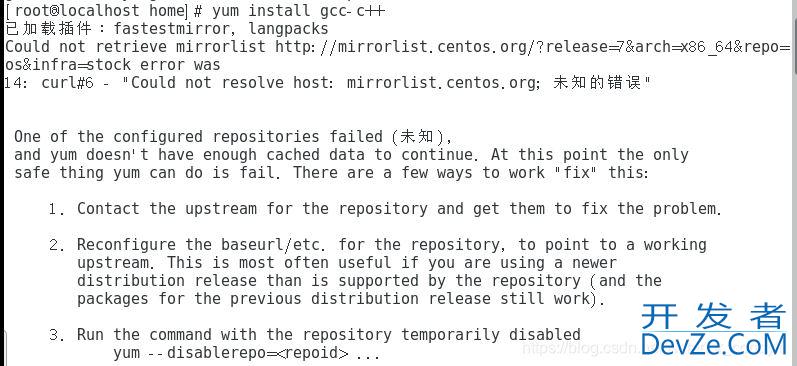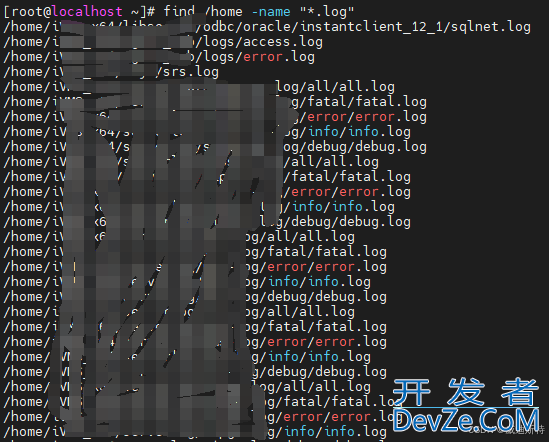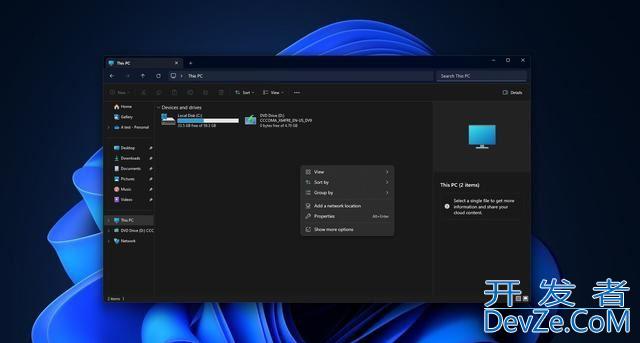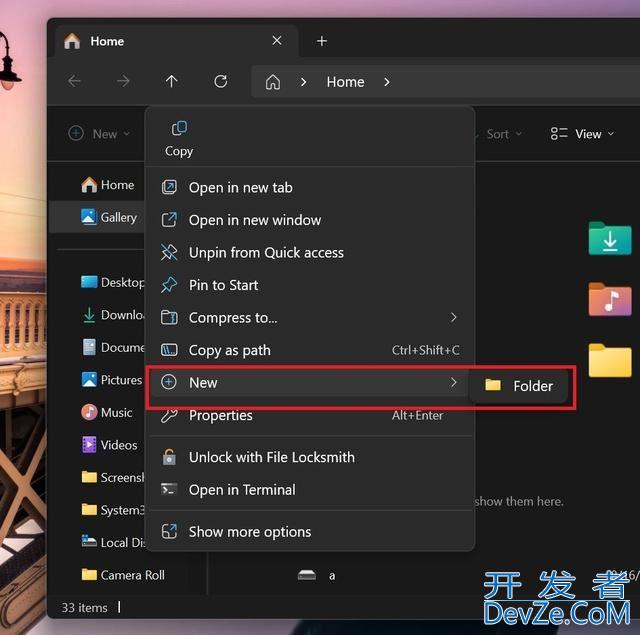二、环境初始化
2.1:分别在4台主机设置主机名称
hostnamectl set-hostname node01
hostnamectl set-hostname node02
hostnamectl set-hostname node03
hostnamectl set-hostname node04
2.2:ip配置
node01 10.8.1.101
node02 10.8.1.102
node03 10.8.1.103
node04 10.8.1.104
#vip /etc/sysconfig/network-script/ifcfg-ens3 #编辑网卡 可能名称有所不同
TYPE=Ethernet
BOOTPROTO=static
DEFROUTE=yes
PEERDNS=yes
PEERROUTES=yes
IPV4_FAILURE_FATAL=no
IPV6INIT=yes
IPV6_AUTOCONF=yes
IPV6_DEFROUTE=yes
IPV6_PEERDNS=yes
IPV6_PEERROUTES=yes
IPV6_FAILURE_FATAL=no
NAME=ens3
UUID=81b384d8-974e-41d0-997b-446288766b6c
DEVICE=ens3
ONBOOT=yes
IPADDR=10.8.1.10X
NETMASK=255.255.255.0
GATEWAY=10.8.1.1
DNS1=114.114.114.114
#systemctl restart network #重启网络服务
配置主机映射
cat <<EOF > /etc/hosts
127.0.0.1 localhost localhost.localdomain localhost4 localhost4.localdomain4
::1 localhost localhost.localdomain localhost6 localhost6.localdomain6
10.8.1.101 node01
10.8.1.102 node02
10.8.1.103 node03
10.8.1.104 node04
10.8.1.105 vip
EOF

2.3:node01上执行ssh免密码登陆配置
ssh-keygen #一路回车即可
ssh-copy-id node02
ssh-copy-id node03
ssh-copy-id node04


2.4:四台主机配置、停防火墙、关闭Swap、关闭Selinux、设置内核、K8S的yum源、安装依赖包、配置ntp(配置完后建议重启一次)
systemctl stop firewalld
systemctl disable firewalld
swapoff -a
sed -i 's/.*swap.*/#&/' /etc/fstab
setenforce 0
sed -i "s/^SELINUX=enforcing/SELINUX=disabled/g" /etc/sysconfig/selinux
sed -i "s/^SELINUX=enforcing/SELINUX=disabled/g" /etc/selinux/config
sed -i "s/^SELINUX=permissive/SELINUX=disabled/g" /etc/sysconfig/selinux
sed -i "s/^SELINUX=permissive/SELINUX=disabled/g" /etc/selinux/config
modprobe br_netfilter
cat <<EOF > /etc/sysctl.d/k8s.conf
net.bridge.bridge-nf-call-ip6tables = 1
net.bridge.bridge-nf-call-iptables = 1
EOF
sysctl -p /etc/sysctl.d/k8s.conf
ls /proc/sys/net/bridge
cat <<EOF > /etc/yum.repos.d/kubernetes.repo
[kubernetes]
name=Kubernetes
baseurl=https://mirrors.aliyun.com/kubernetes/yum/repos/kubernetes-el7-x86_64/
enabled=1
gpgcheck=1
repo_gpgcheck=1
gpgkey=https://mirrors.aliyun.com/kubernetes/yum/doc/yum-key.gpg https://mirrors.aliyun.com/kubernetes/yum/doc/rpm-package-key.gpg
EOF
yum install -y epel-release
yum install -y yum-utils device-mapper-persistent-data lvm2 net-tools conntrack-tools wget vim ntpdate libseccomp libtool-ltdl
systemctl enable ntpdate.service
echo '*/30 * * * * /usr/sbin/ntpdate time7.aliyun.com >/dev/null 2>&1' > /tmp/crontab2.tmp
crontab /tmp/crontab2.tmp
systemctl start ntpdate.service
echo "* soft nofile 65536" >> /etc/security/limits.conf
echo "* hard nofile 65536" >> /etc/security/limits.conf
echo "* soft nproc 65536" >> /etc/security/limits.conf
echo "* hard nproc 65536" >> /etc/security/limits.conf
echo "* soft memlock unlimited" >> /etc/security/limits.conf
echo "* hard memlock unlimited" >> /etc/security/limits.conf
yum update -y
reboot









 加载中,请稍侯......
加载中,请稍侯......
精彩评论